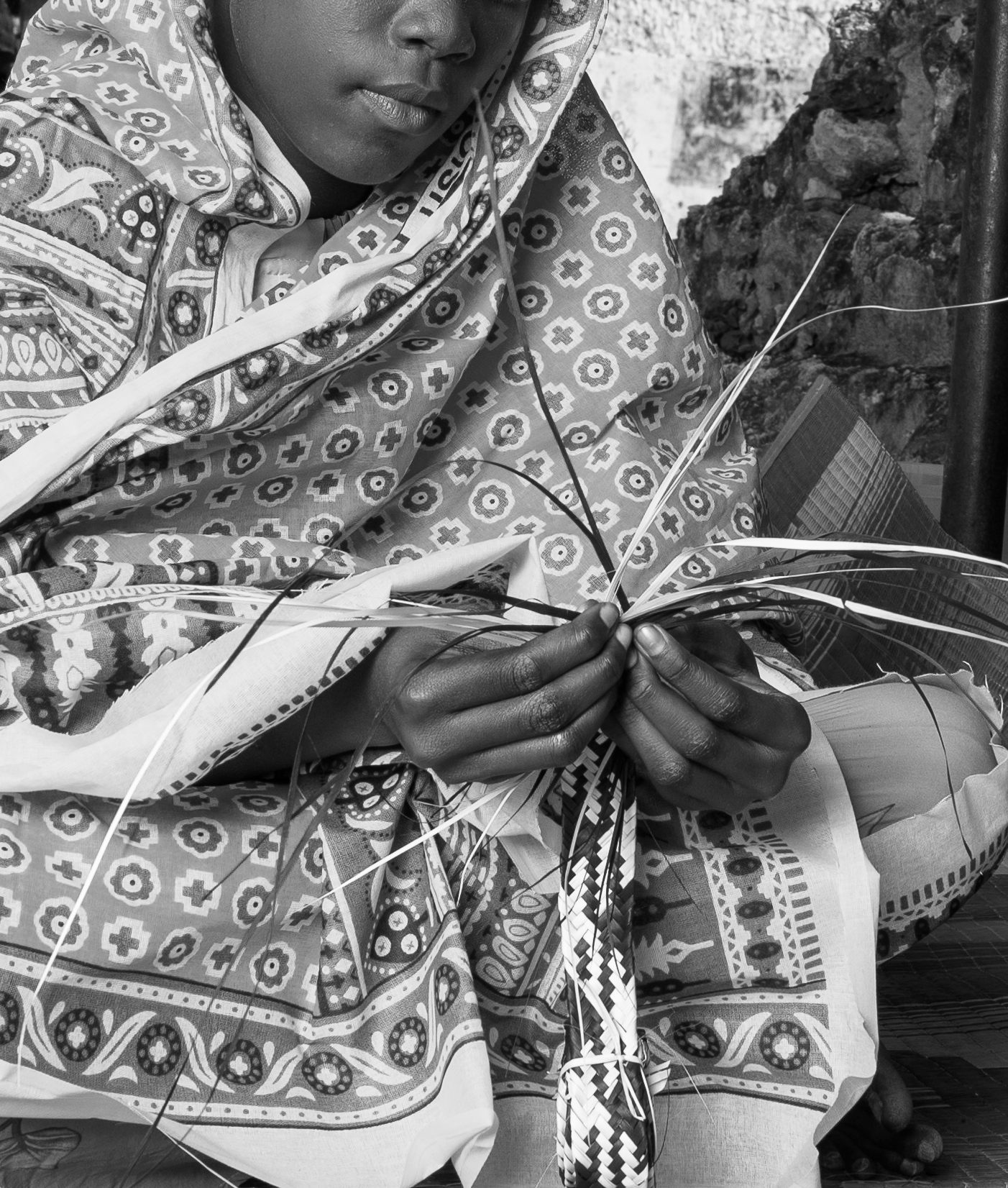OUR APPROACH
CRAFTSMANSHIP
Our primary focus is and has always been to uplift and bring to light the fine craftsmanship done in the depths of East African artisanal communities.
WOVEN IN AFRICA, MADE IN SPAIN.
WORKING WITH
OUR COMMUNITIES

CELEBRATING
THE ART OF TRADITION
When it comes to craftsmanship, we focus on essential traditions; we explore design and shape in their purest most organic forms, while also ensuring our bags are effortlessly functional and crafted with purpose for everyday life.
We endeavour to keep our team small, ensuring strong communication channels with our weavers and artisans, and striving to nourish and nurture our long-term relationships that are rooted in respect and admiration.
Our supply chain has been thoughtfully built with transparency at its core. We pride ourselves on celebrating the art of handmade goods, shining a light on time-worn traditions and the intricacies of weaving techniques, found only in specific communities in Africa. We are proud to work so closely with weavers who share our values such as modesty, honesty, and integrity. Drawing inspiration from East African art, we have whole-heartedly embarked on a creative journey that converges with artisans across the globe.
→ OUR STORY

CHOOSING
SUSTAINABLE PRACTICES
When centering our brand on sustainable practices of using renewable, natural resources and fair trade practices, the process felt organic. East African art inherently obeys the laws of sustainable practices since it is an art form that expresses a tribe’s connection to nature. In that sense, coil-stitch weaving was created to be versatile depending on a tribe’s movement across the region and their access to different natural resources.
All our bags are thoughtfully designed with permanence in mind. To ensure the longevity and durability of the handmade nature of our pieces, we encourage you to read our care details thoroughly.

